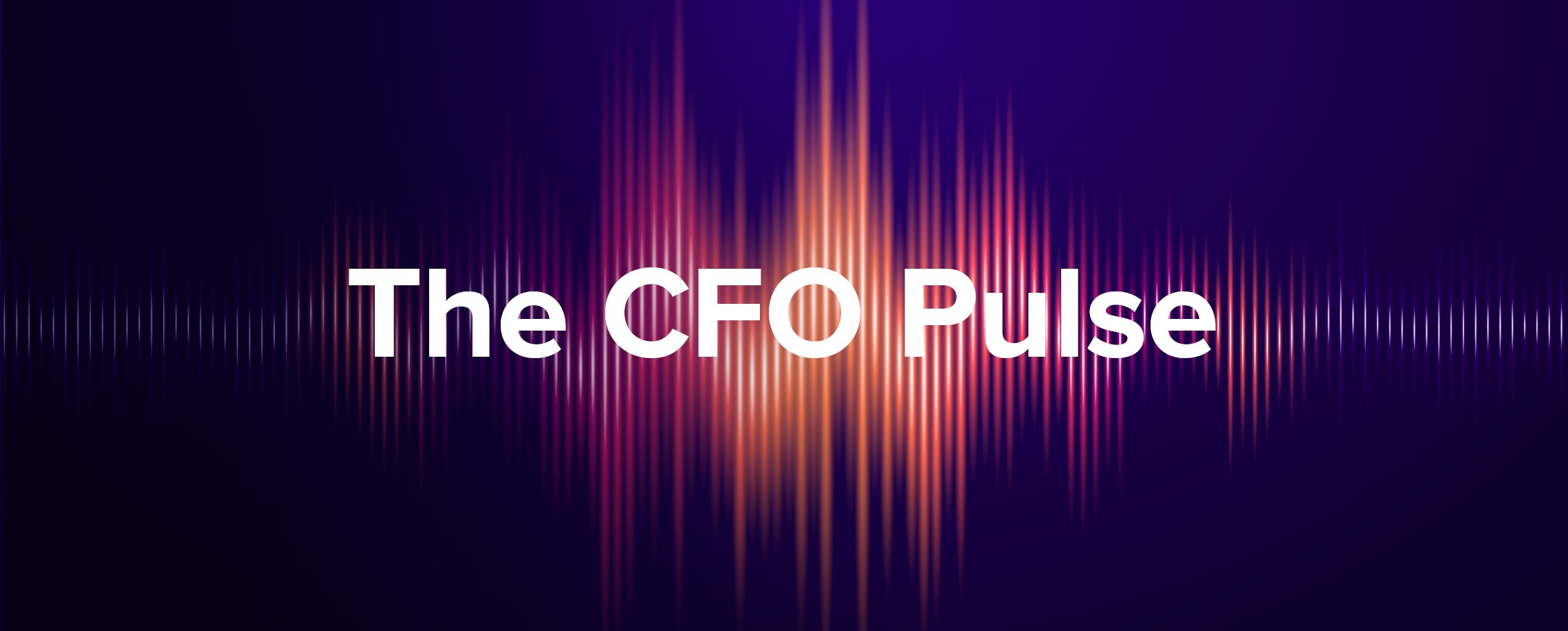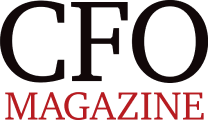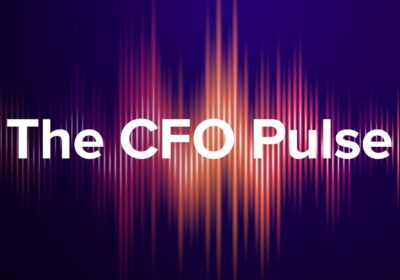
- Author: Stephen Koukoulas | Economist
- Posted: May 5, 2025
Labor Re-elected as Low Inflation Opens the Door for RBA Rate Cuts
The Anthony Albanese Labor Party won the Federal election with an increased majority.
The economic policy agenda from the re-elected government is largely business as usual, with the main reforms linked to a moderate cut in income taxes over the next two years, a focus on housing supply and affordability, further investment in renewables, higher defence spending and a range of investments in health and education.
Given current economic conditions, there is near unanimity that the RBA will resume its interest rate cutting cycle on 20 May 2025 with further interest rate cuts expected over the following 12 months. Low inflation, a soft economy and signs of a weakening in the labour market are all factors that has markets pricing in a cash rate below 3 per cent in the first half of 2026 from the current 4.10 per cent.
Global conditions remain fragile with the US on the cusp of a recession. The US tariffs and cuts in government spending have not only hit economic activity, but are undermining consumer and business confidence. China and the Eurozone are also slowing which is likely to act as a drag on Australia’s exports which are down around 15 per cent over the past two years.
Central banks are continuing to roll out interest rate cuts, although at a less rapid pace than in 2024. The RBNZ delivered a 25 basis point rate cut in April, making the cumulative cuts 200 basis points since the middle of 2024. The interest rate trajectory in the US, Eurozone, UK and Canada has continued to be lower.
Australia
The recent run of critical data are consistent with further interest rate cuts.
- Annual inflation remained in the RBA target band at 2.4 per cent in the March quarter, with underlying inflation at 2.7 per cent;
- The pace of job creation continues to slow, with the unemployment remaining 4.1 per cent in March;
- Key data on economic growth are mixed: household spending was flat in the March quarter, while dwelling construction activity is rebounding.
Business confidence remains under pressure, even though there is evidence that business input costs continue to moderate. The ‘business as usual’ policy approach after the election on a range of key issues including renewables and net zero, housing and industrial relations should be a moderate positive for business.
New Zealand
There are tentative signs of an economic recovery in New Zealand after a deep recession in the middle of 2024. GDP rose 0.7 per cent in the December quarter 2024 but remained 0.5 down on the level of a year ago, such was the earlier slump in the economy. The unemployment rate continues to rise, reaching 5.1 per cent in the December quarter.
Annual inflation ticked up to 2.5 per cent in the March quarter 2025 but has been around that pace for the past year. For the RBNZ, with a significant amount of monetary stimulus now in the system, a more cautious approach to cutting interest rates is likely over the remainder of 2025. That said, further moderate rate cuts are anticipated over the remainder of 2025.
Currencies
The approaching end of the RBNZ interest rate cutting cycle and better economic news in New Zealand has seen the NZD outperform the AUD. Having been stuck around 1.10 for an extended period, the AUD / NZD cross has risen to around 1.07. That said, broader USD weakness in response to US economic and geopolitical issues has seen the AUD rise above 64 US cents, with the NZD around 59.5 US cents.
The AUD remains vulnerable to ongoing news of domestic economic softness and a pipeline of RBA interest rate cuts.
Stephen Koukoulas will be presenting his exclusive economic insights at this month’s CFO Magazine Brisbane CFO Symposium on Tuesday May 27th at the Brisbane Sofitel. CFOs Register today > www.QLDCFOSymposium.com







